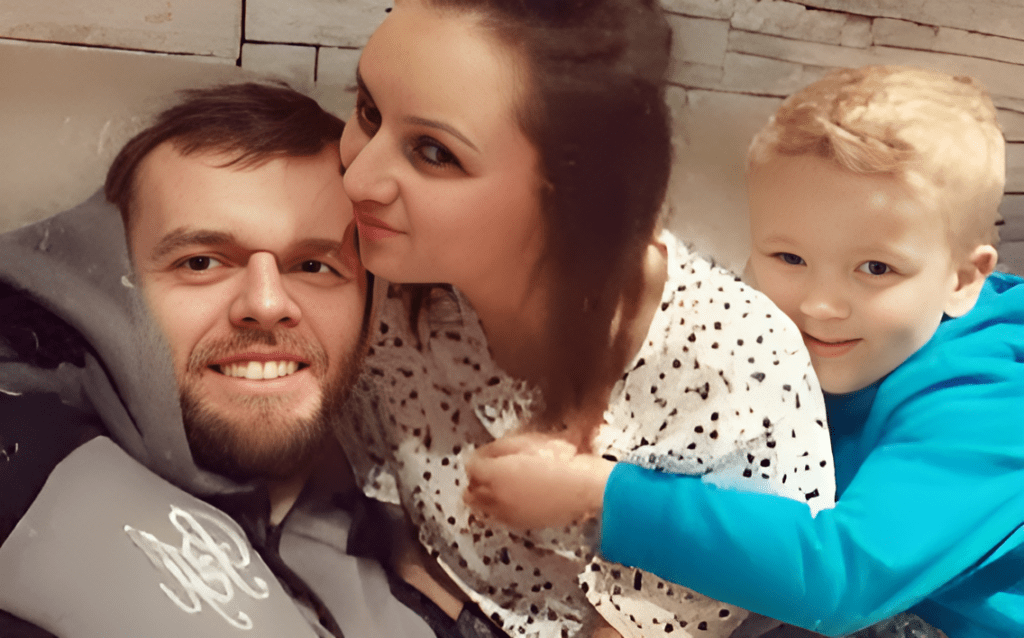In June 2020, six-year-old Arthur Labinjo-Hughes tragically lost his life. He suffered a fatal brain injury at his home in Solihull, England. His stepmother, Emma Tustin, inflicted this horrific injury. She violently shook Arthur and repeatedly slammed his head against a hard surface. This abuse culminated in his death.
The Trial and Initial Sentences
Following a harrowing trial, the court found Emma Tustin guilty of Arthur’s murder. The judge sentenced her to life imprisonment with a minimum term of 29 years. Arthur’s father, Thomas Hughes, also faced charges. The court convicted him of manslaughter. He received an initial sentence of 21 years.
A Public Outcry for Justice
The details of Arthur’s abuse shocked the nation. The public reacted with outrage and grief. Many demanded harsher punishments for those responsible. In May 2022, the Attorney General referred the case to the Court of Appeal. The prosecution argued that the severity of Tustin’s crimes warranted a whole-life order. This would mean she would spend the rest of her life in prison without any possibility of parole.
The Court of Appeal’s Decision
In July 2022, the Court of Appeal reviewed the case. They acknowledged the need for a stronger sentence for Thomas Hughes. The court increased his prison term from 21 to 24 years. However, the judges did not impose a whole-life order on Emma Tustin. They left her original sentence unchanged. This decision sparked further debate and controversy.
The Ongoing Debate
The case of Arthur Labinjo-Hughes continues to fuel discussions about sentencing guidelines in cases of child cruelty. Many people believe that the current system fails to adequately reflect the severity of these crimes. They argue that whole-life orders should be considered in the most extreme cases. Advocates for harsher sentences believe this would act as a deterrent and provide a greater sense of justice for victims like Arthur.
A Call for Change
Arthur’s tragic death has highlighted the urgent need for reform. There are calls for greater protection for vulnerable children. Many believe that professionals involved in child protection need more support and training. They argue that this would help to identify and prevent abuse before it escalates to such devastating consequences.


